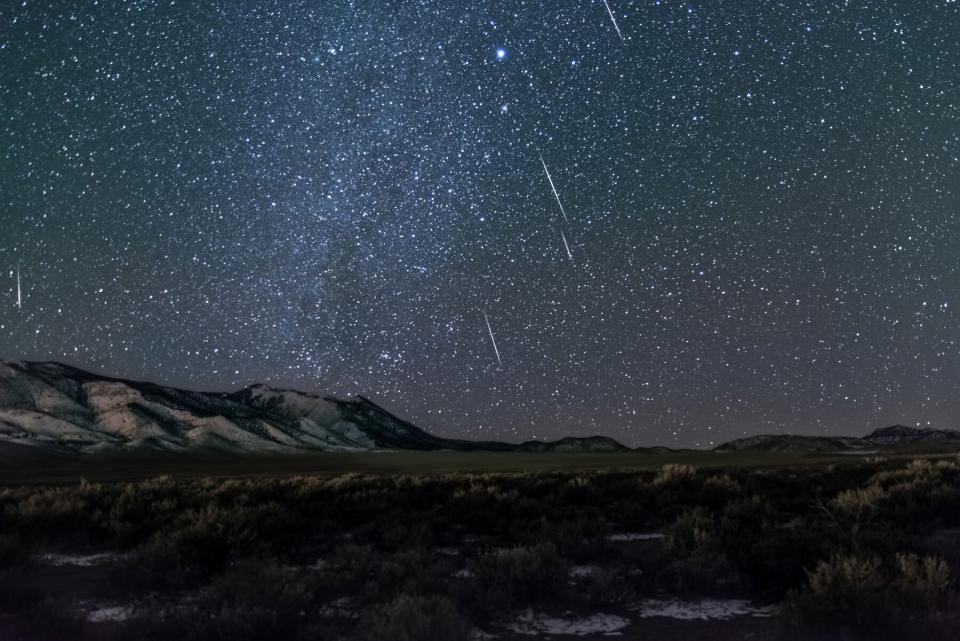The Dazzling Geminid Meteor Shower Peaks This Month — Here's How to See Shooting Stars
The weather outside is frightful, but that's not going to stop stargazers from heading outdoors to watch one of the best meteor showers of the year. The Geminids are nearly upon us, meaning dozens of shooting stars will rain down every hour in one of Mother Nature's most inspiring shows in the night sky. Conditions should be pretty solid this year, as long as the clouds don't roll in, so all you'll have to do is bundle up to enjoy the light display. Here's everything you need to know about the Geminid meteor shower.
What is the Geminid meteor shower?
Every December, the Earth passes through the trail of the mysterious rocky object 3200 Phaethon (it's not a comet, which is what all other meteor showers originate from, but an unusual asteroid-like celestial body). As it does, bits of dust and debris burn up in our atmosphere — these are the shooting stars of the Geminids. They're named for the constellation Gemini, from which the meteors of this shower appear to originate as they streak across the sky.
Related: 10 Darkest Places in the U.S. for Incredible Stargazing

Getty Images
When is the Geminid meteor shower?
In 2021, the peak of the meteor shower falls late in the evening of Dec. 13 into the early morning hours of Dec. 14. That's your best opportunity to see shooting stars, as they could number between 50 and 150 per hour that night. While the densest part of the shower occurs around 2 a.m., the moon will still be above the horizon, making it a bit more difficult to see the meteors. It sets at 3 a.m., though, so you'll have darker skies to watch the show between then and 6 a.m.
But if you can't catch the meteor shower during its peak, don't worry, as you'll likely also be able to see shooting stars in the days (well, nights) leading up to the big event. Plus, if you head out in the early evening on Dec. 13, rather than the wee hours of Dec. 14, you'll have the best chance of seeing a super-rare "earthgrazer," or an extremely bright and slow-moving meteor.
How can I see the Geminids?
This show is best seen from the Northern Hemisphere, though it does exist in a lesser capacity in the Southern Hemisphere. Of course, it's (almost) winter up north, making viewing the Geminids slightly less pleasant than the other big show of the year, the Perseids, which happen in late July and early August.
Nevertheless, if you're brave enough to weather the elements, all you have to do is get somewhere dark — ideally as far away from city lights as possible — and look up. The meteors, which can be seen across the entire sky, will be easier to spot as your eyes adjust to the darkness in 15 to 30 minutes.
Stefanie Waldek is a freelance space, travel, and design journalist. Follow her on Instagram and Twitter at @stefaniewaldek.


